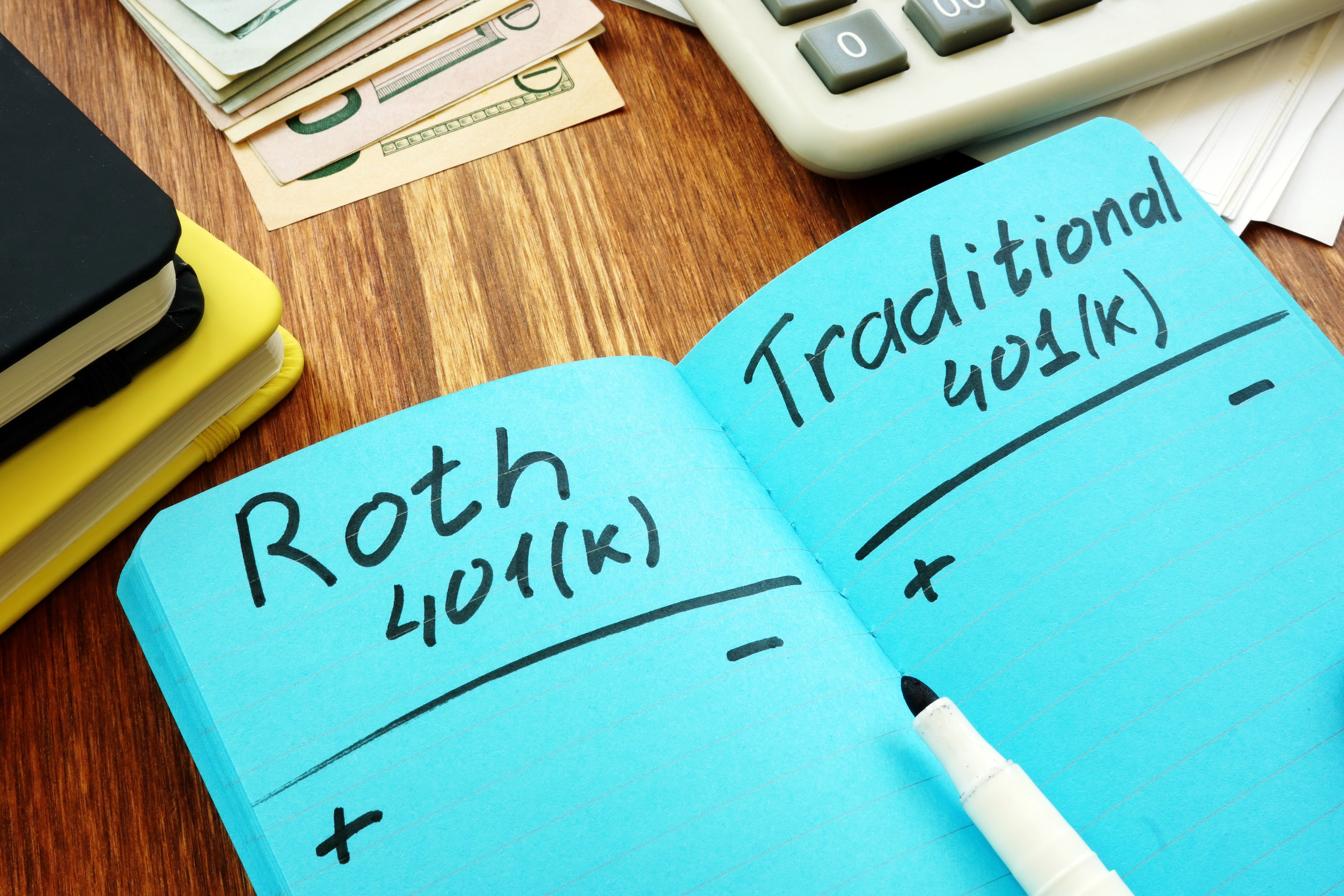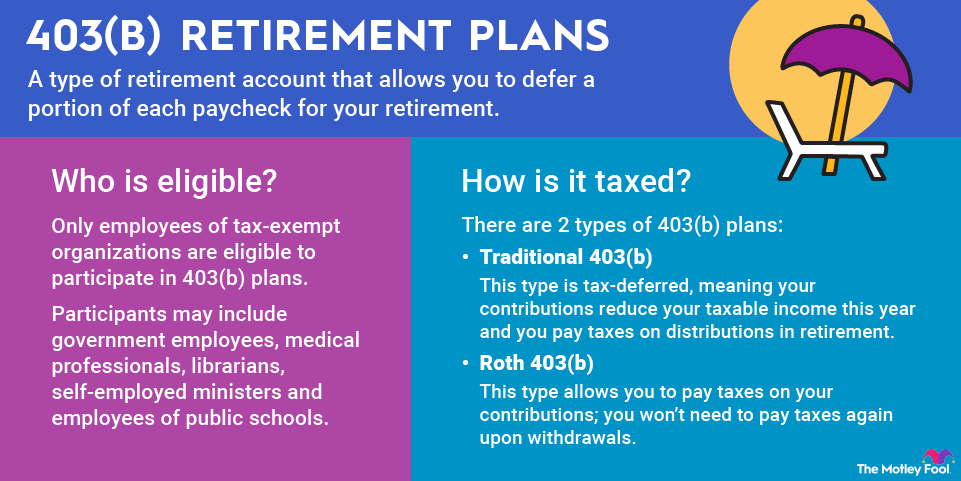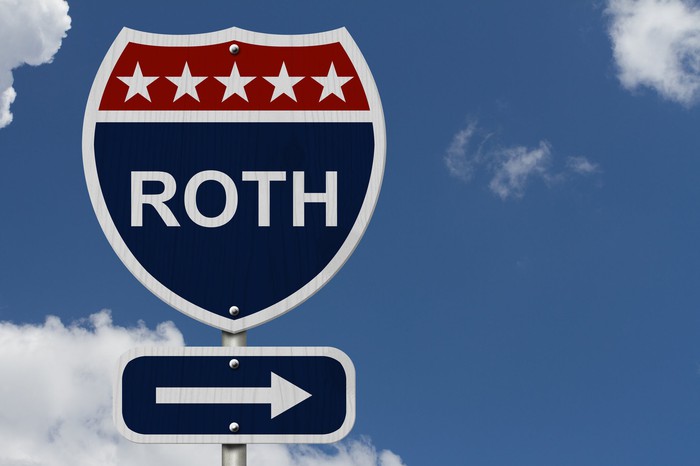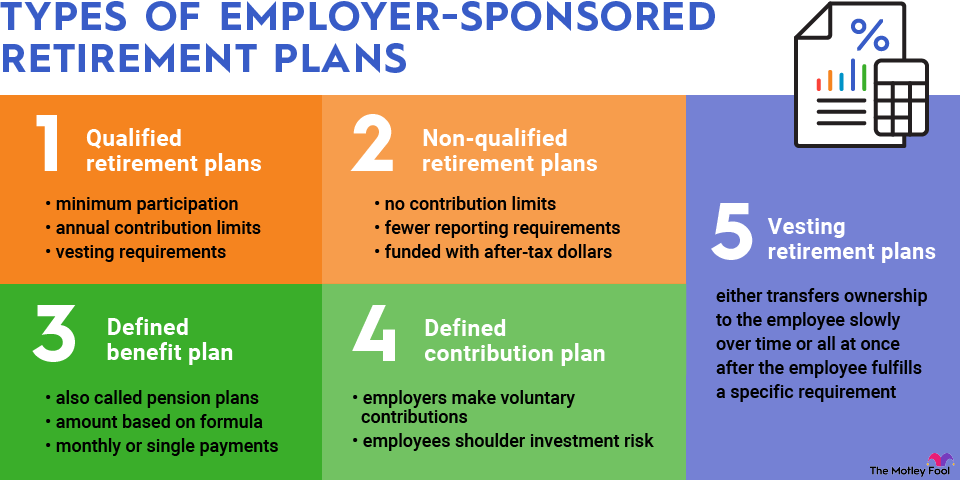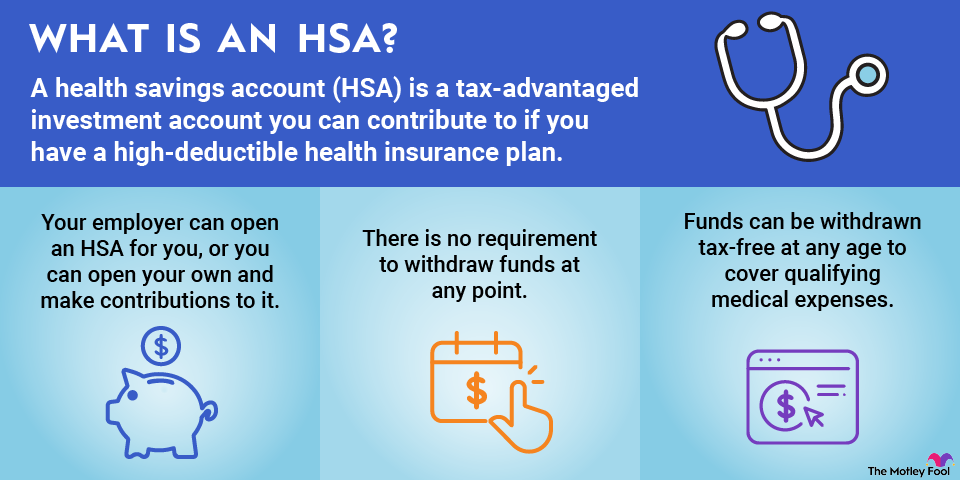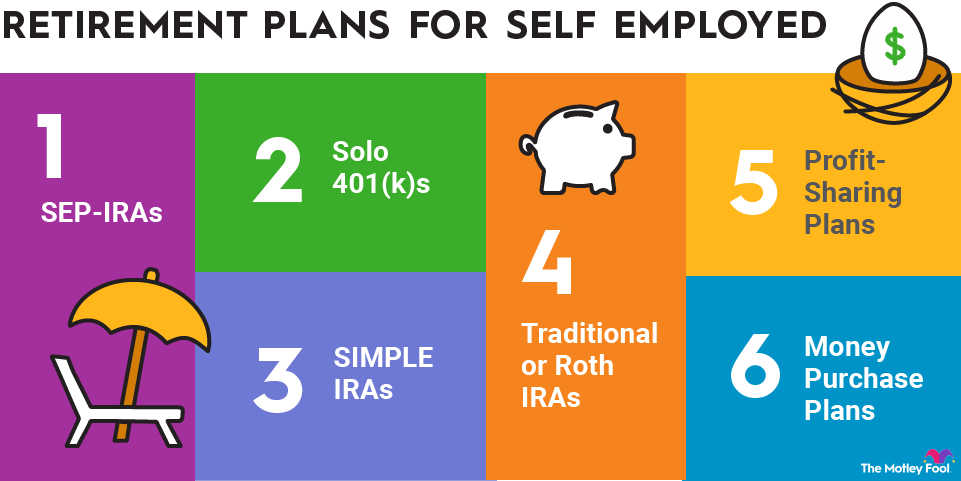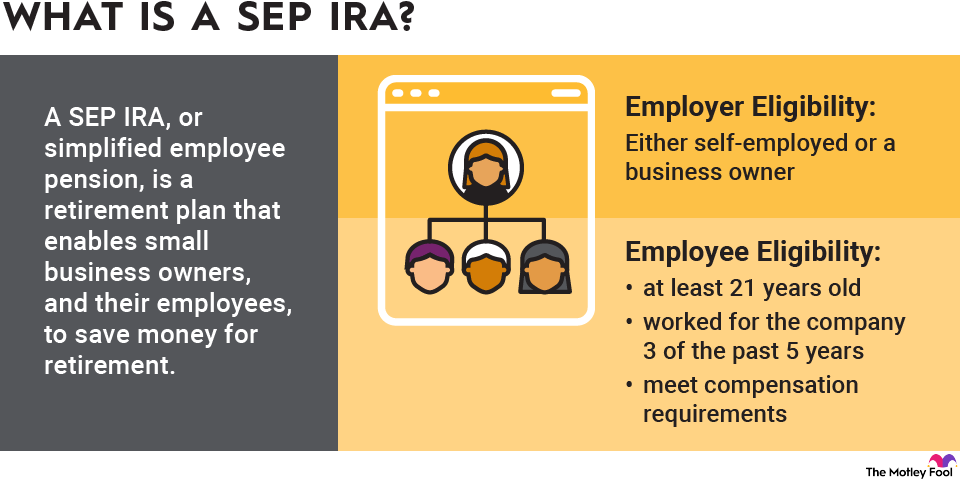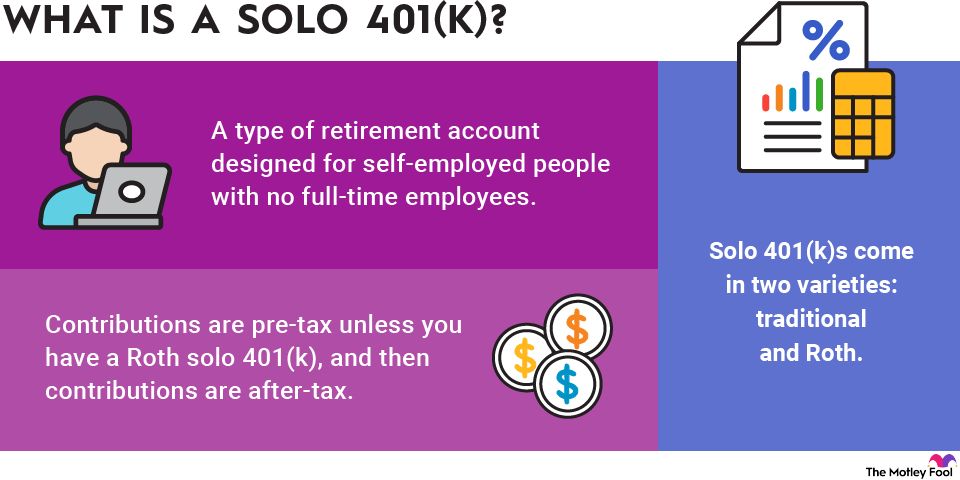The 401(k) employee contribution limit for traditionally employed workers is $23,000 in 2024 and $23,500 in 2025. If you're 50 or older, you can contribute up to $30,500 in 2024 and $31,000 in 2025.
The employer contribution is up to 25% of an employee's contribution, or about 20% of your net self-employment income, which is defined as all your self-employment earnings minus business expenses, half your self-employment tax, and the money you contributed to your solo 401(k) for your employee contribution. For example, if you earned $100,000 in net self-employment income, you could make an employer contribution of up to around $20,000 to your solo 401(k).
Your maximum contribution is the lesser of the annual contribution limit (discussed above), or up to $23,000 of your compensation in 2024, and $23,500 in 2025, plus 25% of your compensation from your employer-side contribution. If you're 50 or older, you can contribute an additional $7,500 in both 2024 and 2025. However, in 2025, the catch-up contribution for workers aged 60 to 63 will climb to $11,250 before falling back to $7,500 for those 64 and older.
If you're younger than 50, you cannot contribute more than $69,000 in 2024 or $70,000 in 2025, even if your employer contribution would allow for it. You can't exceed your maximum employee and employer contributions for the year even if you haven't hit the annual limit.
Related topics

